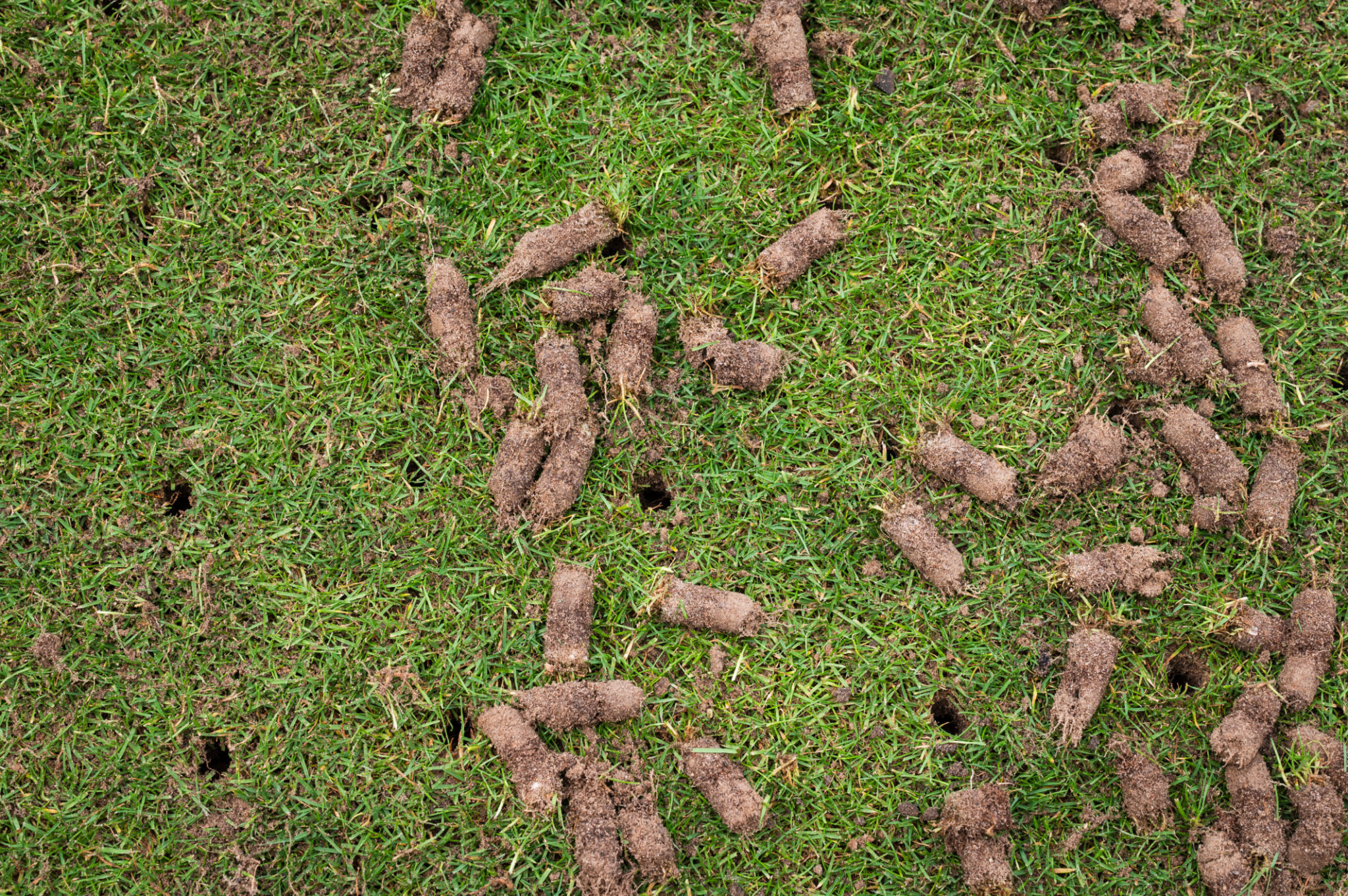Lawn Care FAQ: Your Questions Answered
Ro
How Often Should I Mow My Lawn?
The frequency of mowing your lawn depends on several factors such as the type of grass, the season, and your desired lawn height. Generally, it's recommended to mow once a week during the growing season. However, cool-season grasses may require mowing every 4 to 5 days in the spring. Always ensure that no more than one-third of the grass blade is removed during a single mowing session.

What Is the Best Time of Day to Water My Lawn?
The best time to water your lawn is early in the morning, typically between 6 a.m. and 10 a.m. This allows the water to soak into the soil before the heat of the sun causes evaporation. Watering in the evening is not recommended as it can lead to fungal diseases because the lawn stays wet overnight.
How Can I Prevent Weeds in My Lawn?
Preventing weeds requires a combination of proper lawn maintenance practices. Regular mowing, adequate fertilization, and maintaining a thick lawn can help suppress weed growth. Additionally, applying pre-emergent herbicides in early spring can prevent weed seeds from germinating. It's crucial to identify and treat weeds early to avoid their rapid spread.

What Fertilizer Should I Use for My Lawn?
Choosing the right fertilizer depends on your grass type and soil condition. Conducting a soil test can provide insights into nutrient deficiencies. Generally, a balanced fertilizer with nitrogen, phosphorus, and potassium is ideal for most lawns. Follow the instructions on the fertilizer package for application rates and timing.
How Can I Improve Drainage in My Lawn?
Poor drainage can lead to waterlogged soil, which adversely affects grass health. To improve drainage, consider aerating your lawn to alleviate compaction and enhance root growth. Adding organic matter such as compost can also improve soil structure and drainage properties.

Why Are There Brown Spots on My Lawn?
Brown spots can be caused by several factors including drought stress, pet urine, fungal diseases, or insect infestations. Identifying the root cause is essential for effective treatment. For example, increasing watering during dry spells can alleviate drought stress, while applying fungicides may be necessary for fungal issues.
How Do I Deal with Lawn Thatch?
Thatch is a layer of dead grass and roots that accumulates on the soil surface. While a small amount of thatch is beneficial, too much can hinder water and nutrient absorption. Regular dethatching with a rake or power dethatcher can help maintain a healthy lawn. Aim to dethatch during the growing season for best results.

